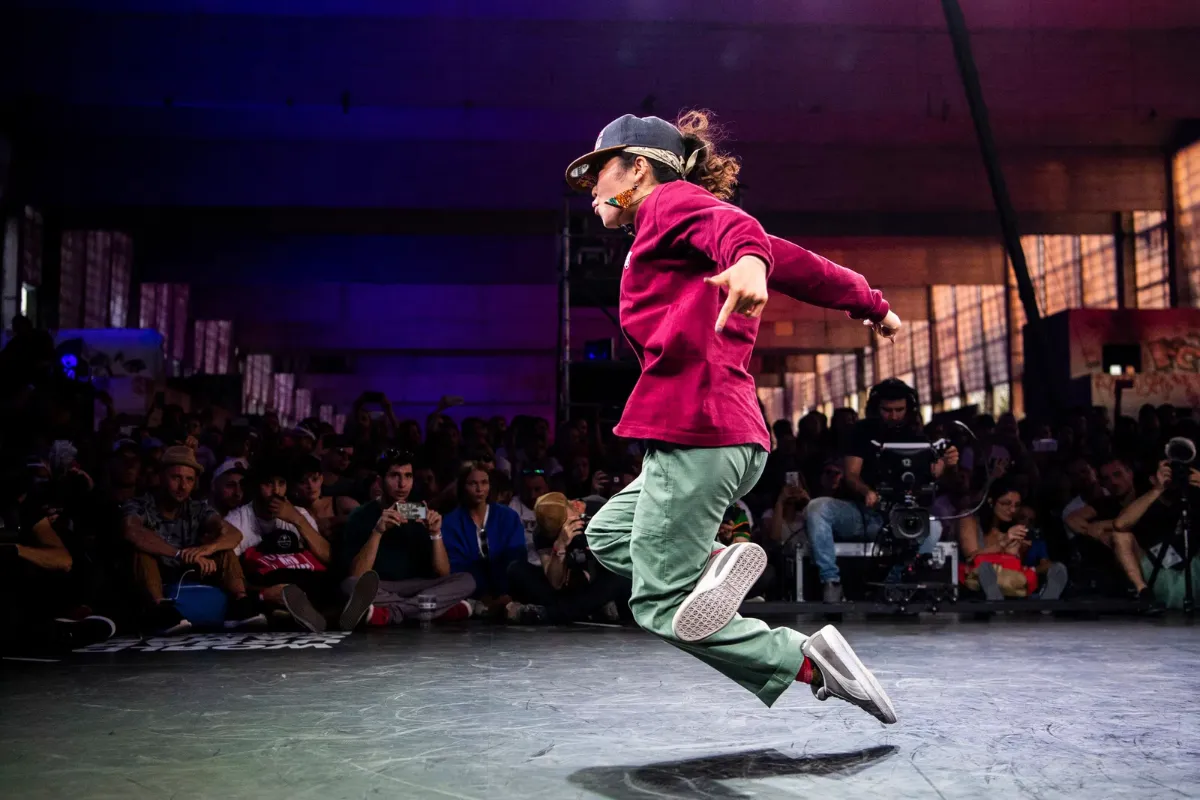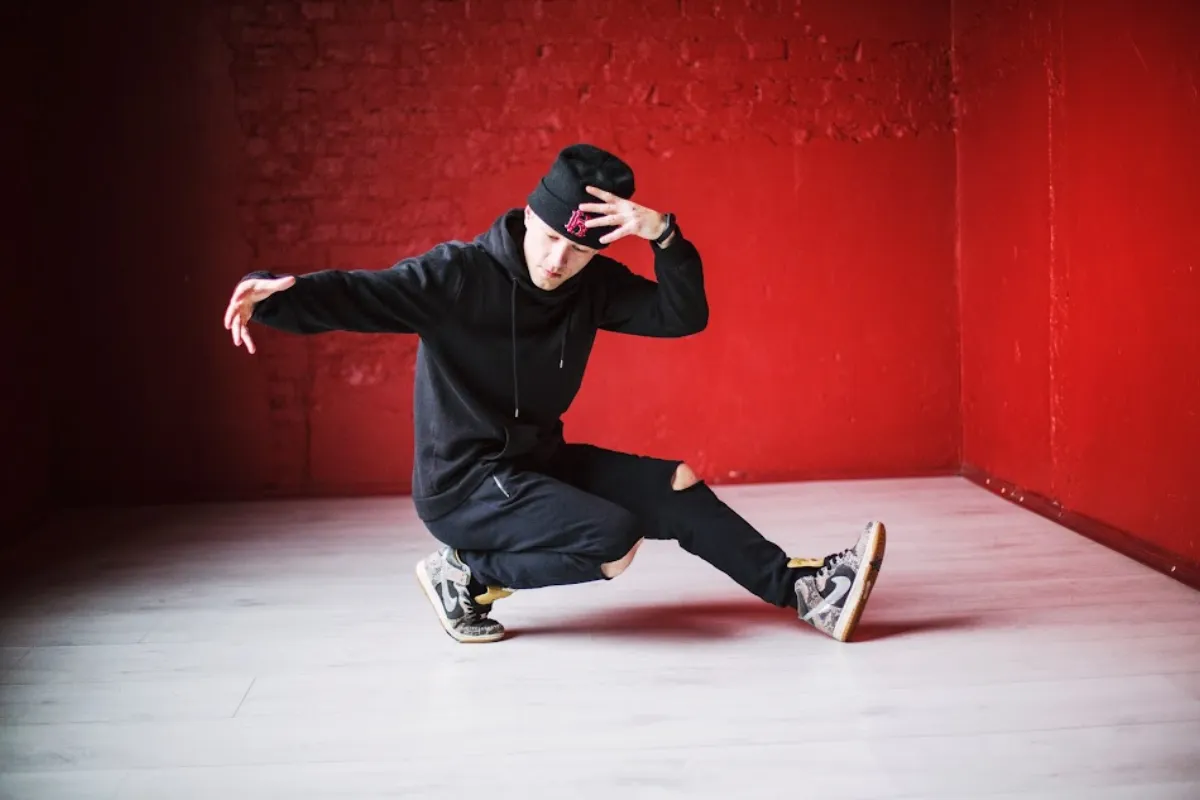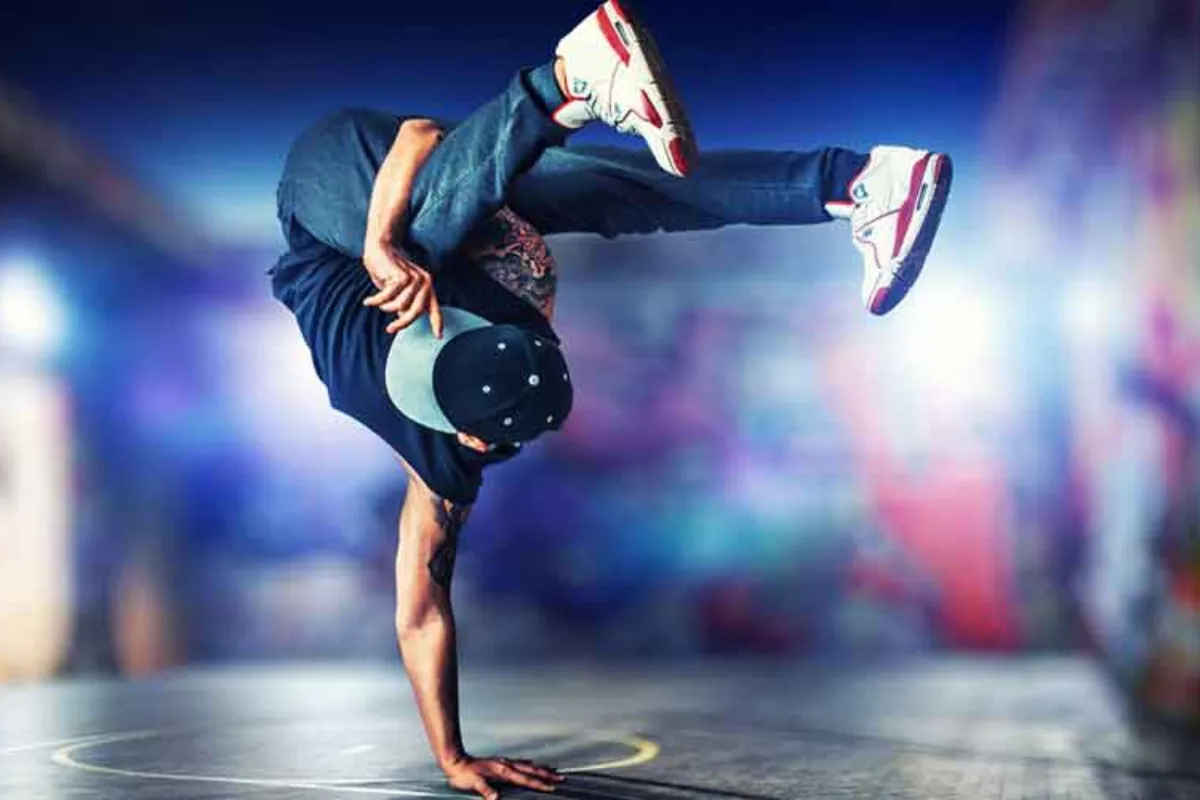What is Breakdancing? Breakdancing, also known as b-boying or b-girling, originated in the Bronx, New York City, in the 1970s as a dynamic and energetic form of street dance. Known for its acrobatic moves, intricate footwork, and creative expression, breakdancing has grown into a global phenomenon, captivating audiences worldwide with its raw energy and artistic flair.
Footwork plays a crucial role in breakdancing, serving as a foundational element that highlights the dancer’s agility, rhythm, and connection to the music. Footwork variations are fundamental components of complex routines, allowing b-boys and b-girls to showcase their individuality and creativity through a diverse array of steps and patterns. Join Learn Breakdance as we delve into Breakdancing Footwork Variations: A Comprehensive Guide with Learn Breakdance in this article.
Exploring the Fundamentals of Breakdancing Footwork

Before delving into the intricacies of footwork variations, it’s crucial to first understand the foundational principles that form the backbone of breakdancing footwork. These principles not only define but also shape the artistry and skill involved in this dynamic dance form.
- Balance and Control stand as pillars within breakdancing footwork, requiring dancers to master exceptional control and stability, especially in their lower body. Maintaining a centered posture is essential as dancers execute intricate patterns, ensuring movements flow with grace and precision.
- Rhythm and Timing form another vital element, intricately woven into the fabric of footwork variations. Dancers must possess a finely attuned sense of rhythm, syncing their movements seamlessly with the music’s beats and accents. This synchronization not only enhances the aesthetic appeal but also elevates the overall performance.
- Creativity and Expression serve as the heart and soul of breakdancing footwork. It is here that dancers find freedom to express their individuality and artistic vision. Through experimentation with diverse steps, sequences, and combinations, dancers imbue their footwork with personal flair, crafting unique styles that resonate with their personalities.
By embracing these fundamental principles, dancers not only build a solid technical foundation but also cultivate a rich tapestry of creativity and expression within their footwork. This holistic approach not only enhances their skills but also enriches the art form, pushing boundaries and inspiring innovation in breakdancing communities worldwide.
Delving into the Diverse Realm of Footwork Variations

The world of breakdancing footwork is a sprawling realm characterized by continuous innovation and creativity, where b-boys and b-girls globally contribute new variations to its dynamic repertoire. While an exhaustive compendium of all footwork variations transcends the limits of this guide, let’s embark on an exploration of some of the foundational and widely practiced moves:
- Toprocks: These initial movements serve as the prelude to a routine, setting its tone and showcasing the dancer’s individual style and flair. Toprocks encompass a variety of standing and stepping sequences that capture the essence of breakdancing’s expressive beginnings.
What is Toprocks? Toprocks refer to the introductory movements in breakdancing routines. They are typically performed while standing and serve as a stylistic and rhythmic prelude to the more intricate footwork, freezes, and power moves that follow in a dancer’s routine. Toprocks are crucial in establishing the dancer’s personal style and setting the tone for the performance. They often involve a combination of steps, gestures, and dynamic movements of the upper body, arms, and legs. Toprocks can vary widely in complexity and creativity, allowing dancers to showcase their individuality and interpret the music through their movements.
- Footwork Basics: Acting as the essential groundwork for more intricate sequences, fundamental footwork variations such as the 6-step, 8-step, and scoot form the cornerstone of a b-boy or b-girl’s repertoire. These maneuvers blend rhythmic foot patterns with fluid transitions, providing a solid foundation for developing more complex combinations.
- Freezes: Interspersed within the flow of footwork are freezes—moments of deliberate stillness that highlight the dancer’s exceptional balance and control. Iconic freezes like the baby freeze, chair freeze, and handstand freeze punctuate routines with artistic punctuation, showcasing technical prowess and mastery.
- Power Moves: Emblematic of breakdancing’s athleticism and dynamism, power moves demand explosive strength and agility. Moves such as the windmill, flare, and airtrack exemplify this category, captivating audiences with their acrobatic execution and kinetic energy.
Each of these categories represents a distinct facet of breakdancing footwork, reflecting not only physical skill but also creativity and personal expression. As dancers continuously innovate and push boundaries within these realms, breakdancing evolves as a living art form, resonating with diverse audiences worldwide.
Exploring Common Footwork Variations

Within the realm of breakdancing footwork, b-boys and b-girls showcase an extensive array of variations that highlight their creativity and technical prowess. Here’s a detailed exploration of some of the most renowned and distinctive footwork variations:
- Six-step: Serving as a foundational downrock, the six-step features a circular movement pattern of the feet. Dancers often infuse it with variations in rhythm and tempo, adapting it to different musical beats and personal styles.
- Windmill: An iconic and dynamic downrock move, the windmill revolves around a continuous spinning motion of the body on one hand, while the feet create intricate patterns on the ground. Its fluidity and athleticism make it a standout move in breakdancing routines.
- Baby freeze: Acting as a transitional element, the baby freeze involves the dancer balancing in a low crouching position, typically on one hand or forearm. It’s often used strategically to build anticipation and add dramatic flair before transitioning into other movements.
- Scissor kick: This flashy move showcases rapid leg movements, resembling a scissor-like motion as the dancer crosses their legs swiftly. It’s commonly integrated with other footwork sequences or power moves, adding dynamic energy and visual appeal to performances.
- Indian step: A complex downrock variation characterized by quick foot taps and hops, the Indian step creates a rhythmic and visually captivating pattern on the dance floor. Its intricate footwork demands precision and coordination, enhancing the overall complexity of routines.
- Ghost step: A mesmerizing illusionary move where the dancer appears to glide effortlessly across the floor, creating an illusion of weightlessness and defying gravity. The ghost step emphasizes smooth transitions and precise footwork technique, captivating audiences with its visual impact.
Each of these footwork variations not only demonstrates technical proficiency but also reflects the unique style and artistic expression of the dancer. By mastering these diverse movements, breakdancers expand their repertoire, innovate within the art form, and contribute to the vibrant evolution of breakdancing worldwide.
Mastering the Art of Footwork Variations

Learning and mastering breakdancing footwork variations is a journey that demands dedication, perseverance, and a deep passion for the art form. Here are several tips to help you enhance and refine your footwork skills:
- Seek Inspiration: Immerse yourself in the world of breakdancing by watching videos of seasoned b-boys and b-girls. Observe their footwork variations, studying how they blend technique with personal style. Draw inspiration from their creativity and incorporate elements that resonate with your own artistic vision.
- Break it Down: Complex footwork variations can seem daunting at first glance. Break them down into smaller components or steps that you can practice individually. Focus on mastering each component slowly and deliberately, ensuring precision and fluidity in your movements. Gradually integrate these components into cohesive sequences as your proficiency grows.
- Practice Consistently: Consistent practice is fundamental to honing your footwork skills. Establish a regular practice routine that allows you to dedicate focused time to refine your techniques. Start with foundational moves and gradually progress to more challenging variations, progressively increasing the complexity and speed of your routines.
- Seek Constructive Feedback: Solicit feedback from experienced breakdancers, instructors, or peers within the community. Their insights can provide valuable guidance on technique, posture, and timing. Be open to constructive criticism and use it as a tool for continuous improvement in your footwork.
- Embrace Enjoyment: Above all, remember that breakdancing is a form of self-expression and creativity. Approach your practice sessions with enthusiasm and a spirit of enjoyment. Celebrate your progress and embrace the challenges as opportunities for growth. Cultivate a mindset that values the journey of mastering breakdancing footwork as much as achieving technical proficiency.
By integrating these tips into your practice regimen, you can elevate your footwork skills while nurturing your unique style and artistic voice in breakdancing. Embrace the learning process with passion and commitment, and you’ll discover new dimensions of creativity and mastery within this dynamic art form.
Conclusion
Breakdancing footwork variations exemplify the boundless creativity, athleticism, and artistic prowess of b-boys and b-girls around the globe. By mastering the foundational principles, exploring a rich tapestry of variations, and committing to disciplined practice, aspiring breakdancers can elevate their footwork skills and carve out distinctive identities on the dance floor. As breakdancing evolves continuously, the horizon for footwork innovation remains expansive, offering a limitless canvas for creative expression and pushing the boundaries of artistic exploration.


Leave a reply